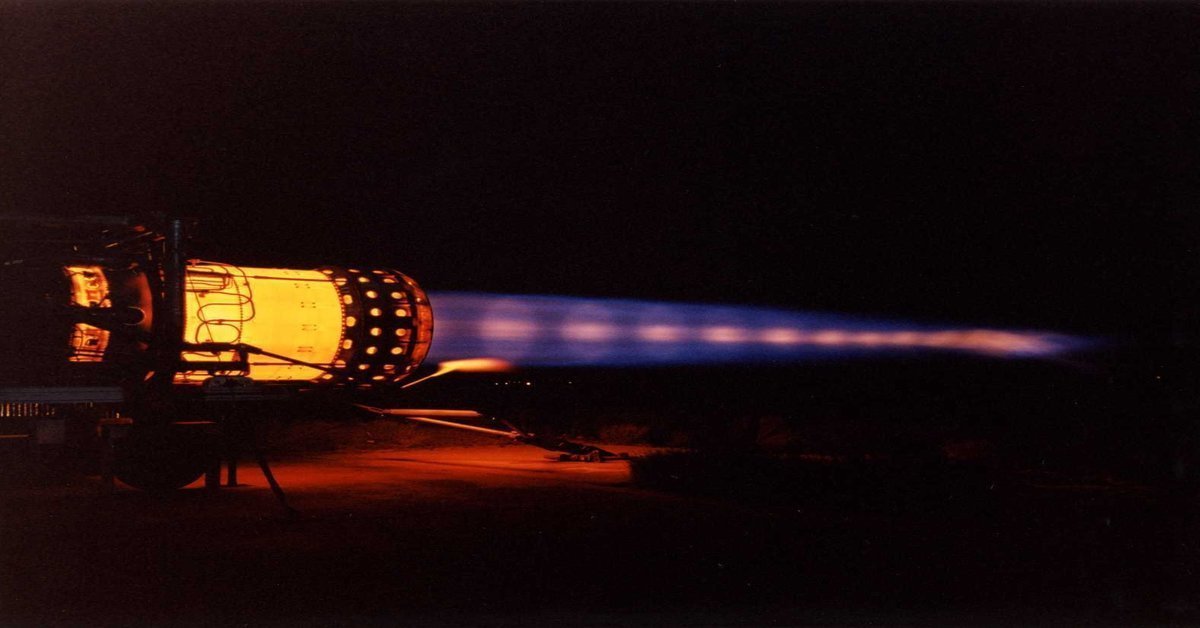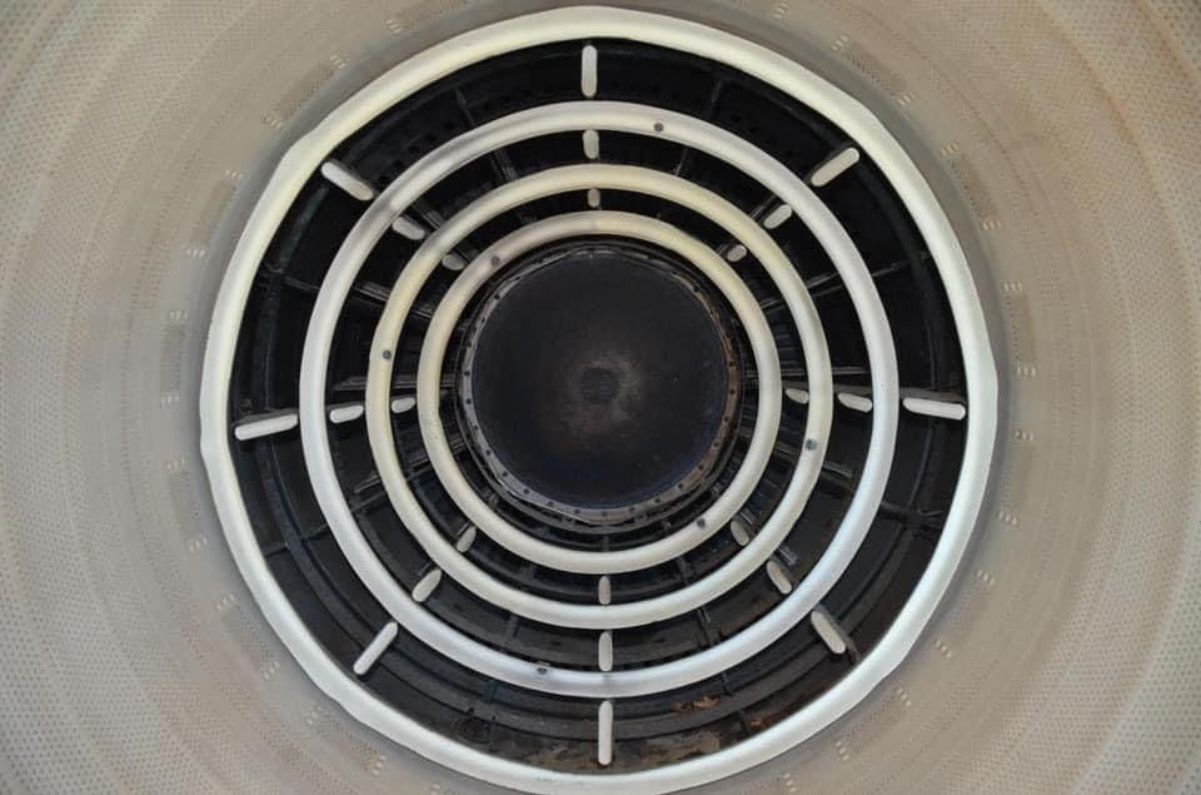The SR-71 Blackbird
The US Air Force (USAF) created the SR-71 Blackbird in the 1960s; it was a plane that could move at a speed that was more than three times the sound of its own engines.
The SR-71 spy plane held the record for being the fastest and highest-flying operational aircraft in the world for about 24 years. At a speed of Mach 3+, it could cover 80,000 square miles of Earth’s surface per hour while flying above 80,000 feet. Furthermore, on the off chance, an enemy tried to shoot it down with a missile, all the Blackbird had to do was speed up and outrun it.
JP-7
The engineering of the SR-71 was so advanced that new tools had to be created in order to build it.
In fact, standard jet fuel could not be employed in the Blackbird because of its Mach 3.2 cruise speed, which caused it to get extremely hot. According to former SR-71 pilot Richard H. Graham’s story in his book SR-71 Revealed: The Inside Story, Shell created a unique fuel blend known as JP-7. This fuel used an additive that raised its flash point, preventing the fuel from breaking down at extremely high temperatures.
SR-71 Blackbird needed TEB (Triethylborane) to light its engines and afterburners
Graham explains;
‘The high flashpoint brings up another problem. Most jet engines use igniter plugs—nothing more than a very hot spark plug if you will. Using these igniter plugs they used with the JP-7 and just drowns it out, it won’t ignite. Kelly [Johnson] put his engineers to work, and he said, ‘OK, gentlemen, how are we going to start this?’ They came up with a very unique way. Triethylborane (TEB for short).

‘Each engine has a one-and-a-quarter pint. If I had it in a squirt gun and I squirted it into the atmosphere, it would go Kaboom!—it explodes with contact with the atmosphere. And that’s how we started the engines. As the engines rotate, at the right time, it sprays this amount of TEB into the turbine section, which goes kaboom, which in turn lights the engine. When you take the throttles up into the afterburner, it puts this metered amount of TEB in that lights up the JP-7. You get 16 shots for each engine.’
TEB was the most dangerous material after fissionable nuclear material
A sealed tank that had been inerted with nitrogen gas and filled with 600cc of TEB by maintenance before each flight was mounted on each engine.
Former SR-71 Blackbird pilot David Peters adds: ‘An interesting note to this is the transport of it. If we landed away, servicing had to be hauled to our location. The NTSB lists TEB as the following most dangerous material, one step below fissionable nuclear material. The folks that handled this stuff were highly trained and good.’
How to light SR-71 Blackbird afterburners without Triethylborane
If TEB wasn’t available, one may now wonder if there was a way to light the Blackbird’s afterburners. Although Peters claims that during the 24 years the SR 71 was in flight, its TEB never ran out—there was a backup plan, just in case. John Olp, an SR-71 mechanic at Beale AFB from 1975 to 1985, explains;
‘The J58 engine had a unique way of lighting the afterburners if TEB wasn’t available for whatever reason.
‘Inserted into three rings of the flame holders were six catalytic ignitors. If TEB wasn’t available, the engines could be manually over-trimmed to increase the exhaust temperature and superheat the ignitors. When the throttles were advanced into afterburner, the glowing catalytic ignitors would light off the fuel, albeit somewhat harshly!

‘The catalytic ignitors were in place as a backup if TEB wasn’t available. There was a manual up-trim switch in the cockpit to control engine EGT. It was a hard light off if used, but was an option!’
Olp concludes;
‘Overtemping the engine would only be momentary to allow the afterburner light, probably not enough to cause any damage to the engines. That’s why the manual up-trim switches were available.’
Check out Habubrats SR-71’s Twitter profile and the Born into the Wilde Blue Yonder Facebook page for further Blackbird photos and stories.
Photo by TSgt. Jose Lopez / U.S. Air Force

